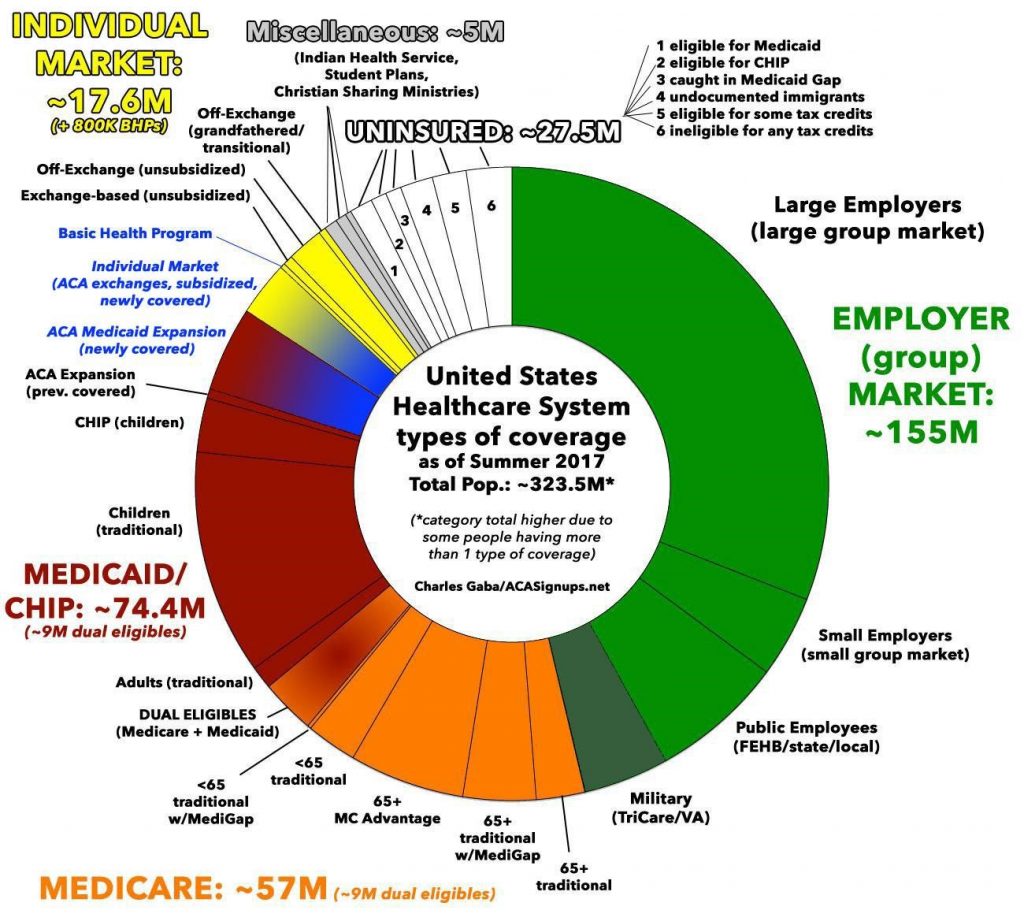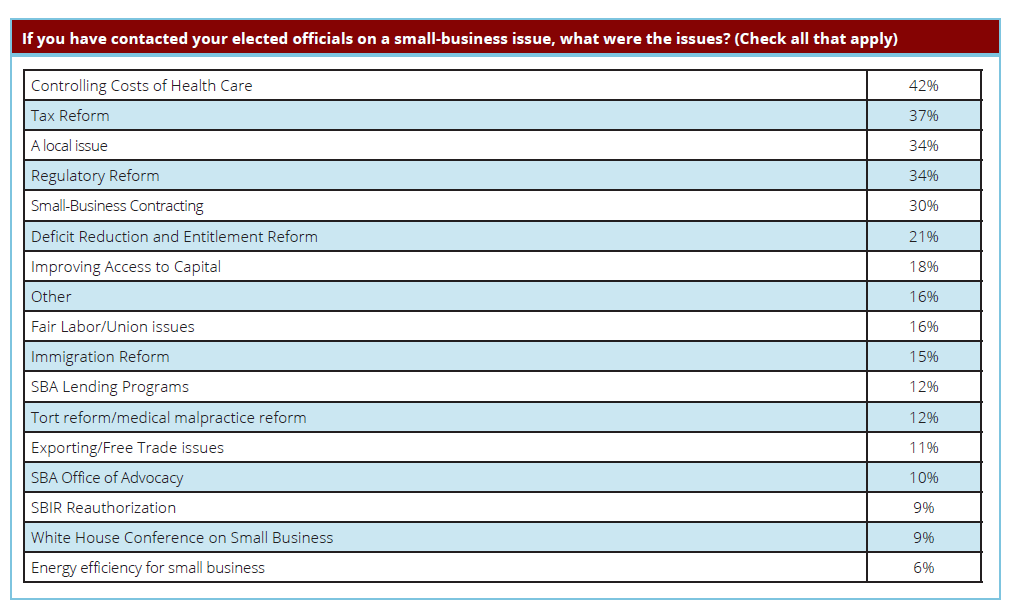Scientific Breakthroughs: From Gene Therapy to Creative New Approaches to Cancer Surgery, Patients Stand to Benefit Dramatically, But How Will We Pay For This Innovation?
Innovation Series: Gene Therapy
Scientific Breakthroughs: From Gene Therapy to Creative New Approaches to Cancer Surgery, Patients Stand to Benefit Dramatically, But How Will We Pay For This Innovation?
From gene therapy to a “pen” that can detect cancerous tissue in 10 seconds, we live in a time of amazing scientific breakthroughs. Advances in technology and our understanding of the genetic basis of disease are resulting in a range of innovations that hold the promise of improving our approaches to treatment – including things like new treatment options for rare diseases and improving the likelihood of success of something like cancer surgery. As we kick off 2018, I wonder what great new innovations the year will bring?
As just one example of innovation, consider the field of gene therapy: early last year the FDA approved the first gene therapy, Novartis’ Kymriah (tisagenlecleucel), bringing “hope to the 3,100 people under the age of 20 in the United States who are diagnosed each year with acute lymphoblastic leukemia,” as the pharmacy benefit manager (PBM) Express Scripts describes in a recent post on its web site. Kymriah is “customized for each individual, using genetically modified versions of the patient’s own immune cells to target and kill leukemia cells.”
Gene therapies “are administered once, unlike nearly all other medications that are repeatedly taken over time,” Express Scripts notes. “And therein lies the challenge.”
The promise of gene therapy comes with a “dramatically higher price;” for example, Kymriah is priced at $475,000. Not only is this price significantly higher than more traditional types of drugs – it’s also much higher than other specialty drugs, the PBM says.
Paying for these types of breakthroughs will present challenges. “Pharmaceutical companies have a single opportunity per patient to get paid,” and “many gene therapies target extremely rare diseases, so there aren’t many patients to share the cost drug makers require to justify the expense of research, development and commercialization. The result is very high price tags,” Express Scripts says.
“The health care system isn’t set up for this type of economic model. Thus, making these therapies available to patients “requires novel collaboration,” the company says. A “new payment model” is needed, and Express Scripts is working with drug companies, policymakers, patient groups and payers on “innovative approaches to make gene therapies accessible for patients.”
For example, value-based contracting can “ensure that payers and patients aren’t on the hook when a treatment isn’t effective. Consultations involving pharma companies and payers can help set appropriate prices.” And “discussions with policymakers can help set an appropriate regulatory framework.”
“Ultimately…gene therapies will require payment and patient care systems which are as novel as the medications themselves,” Express Scripts says. “Ideas on the table include paying for a treatment over time, establishing insurer risk pools and financing one-time payments. A successful model must address patients who change insurers or employers, and tracking their health outcomes over time to ensure payments aren’t being made if the treatment stops being effective.”
What do all of these new and potentially lifesaving innovations mean for the health care system? As with any innovation that offers new hope for patients, there will likely be high demand, but that will have to be considered in the context of limited resources. We are witnessing significant new innovations and scientific advancement; the usual questions of access and how to pay for it will be dramatically amplified in this modern era, given the unprecedented price tags. Particularly in the case of gene therapy, this may require new types of conversations and collaborations between drug developers, payers and patients, along with new payment approaches.



